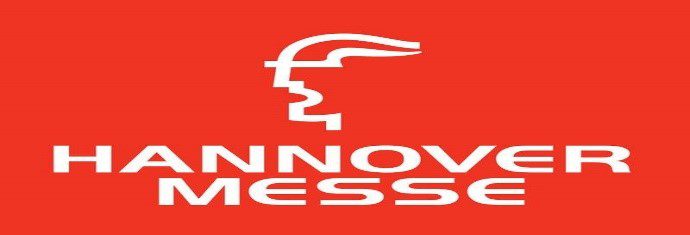New investments expected to boost manufacturing sector in H2. New investments are expected to prop up the growth of the country’s manufacturing sector that continued to show a downward trend in the first half.
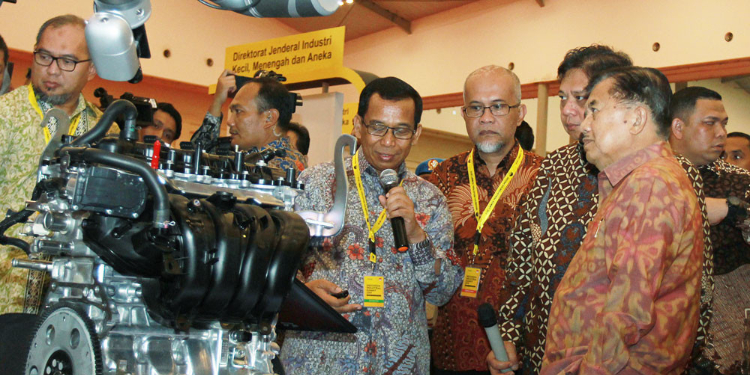
The manufacturing industry booked 3.98 percent growth in the second quarter, much lower than the GDP growth of 5.05 percent in the same period last year, according to the latest manufacturing data issued by Statistics Indonesia (BPS).
The figure is lower than the 4.27 percent recorded in the second quarter, although it improved slightly from 3.93 percent in 2017. The second quarter figure brings the growth of the manufacturing sector to a modest 4.39 percent in the first half, a far cry from the annual target of 5.4 percent.
The growth in the chemical and pharmaceutical industry saw a 0.22 percent decline as opposed to 4.10 percent increase in the first quarter. A similar downturn was also seen in the textile and garment industry, the growth of which shrunk to 5.12 percent from 9.04 percent.
Speaking to The Jakarta Post on Tuesday, Indonesian Pharmaceutical Association (GP Farmasi) executive director Darodjatun Sanusi said the figure shown by the BPS did not represent the entire industry as it only surveyed large companies.
However, the reported decline was not so far-fetched from reality, he said, as the industry was hampered by late payments from the Health Care and Social Security Agency (BPJS Kesehatan), which runs the National Health Insurance (JKN) program, as its big client.
“We business players are trying not to be pessimistic, but we have not seen any factors that can make us optimistic,” Darodjatun said. “Our growth highly depends on the JKN […] but the payment for our pharmaceutical supplies are always late.”
Darodjatun reported to Vice President Jusuf Kalla that in January, the debt arrears incurred by the BPJS to several pharmaceutical companies reached Rp3.6 trillion (US$252.4 million) kontan.co.id reported. Nevertheless, the association remained optimistic that the pharmaceutical industry would grow higher, albeit by single digits, by the end of this year, he added.
On the other hand, the industry minister offered a more confident growth target for the pharmaceutical industry. He estimated the industry, which contributed Rp 50 trillion to 2018 manufacturing GDP of Rp2.95 quadrillion, would grow 9 percent this year.
Meanwhile, Indonesia Textile Association (API) chairman Ade Sudrajat attributed the weak growth to political turmoil that peaked in the second quarter following the presidential and legislative elections in April.
“Before the elections, investors were all in wait-and-see mode […] and after the elections, they were even more scared off by the escalating horizontal conflicts among political supporters,” Ade told the Jakarta Post.
Nevertheless, he said, the recent reconciliation between running presidential candidates, incumbent Joko ‘Jokowi’ Widodo and rival Prabowo Subianto, had won back investors’ confidence, which would lead to more investments that will cue more expansion, and eventually, growth.
“We have set this year’s export target to increase 8 percent to $15 billion and that will require more investments to expand production,” Ade said. “[We are confident] to see the growth returning to between 8 to 9 percent by year-end.”
Industry Minister Airlangga Hartarto said political instability was not the only factor that took a toll on manufacturing growth in the first half, saying that global manufacturing activities had been slowing down at the same time.
He referred to JPMorgan and IHS Markit’s purchasing manager’s index (PMI) on global manufacturing in June, which dived into the lowest level since October 2012 to 49.4 percent.
“There is a contraction in manufacturing growth worldwide, but we have managed to prop the downturn with our domestic market […] we have a better situation than the rest of the world,” Airlangga said on Tuesday.
He provided instances on domestic-oriented industries such as the food and beverages sector, which he claimed to have booked nearly 12 percent in year-to-date growth.
Another way to boost manufacturing for Indonesia, he added, was through having more trade agreements that would remove tariff duties for Indonesian products, thus making them more competitive in foreign markets.
“We need to have higher ground on trade negotiations [such as] by having more [value-added] products that will provide us more bargaining power than other countries,” Airlangga said. New investments expected to boost manufacturing sector in H2 (Rachmadea Aisyah, The Jakarta Post)


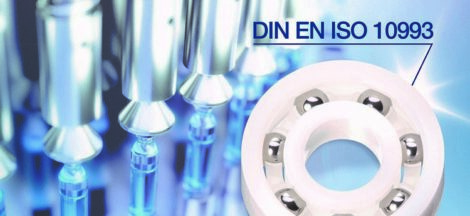
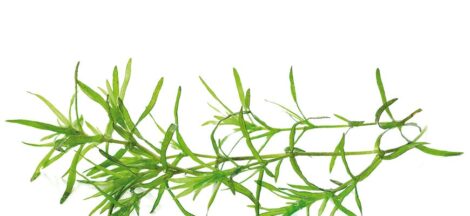
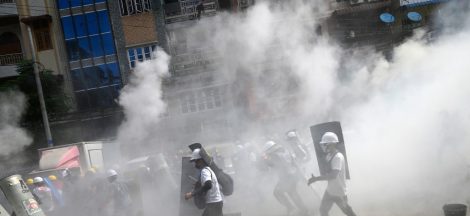
 Indonesia’s Gaming Industry Bursting with Untapped Economic Potential
Indonesia’s Gaming Industry Bursting with Untapped Economic Potential 